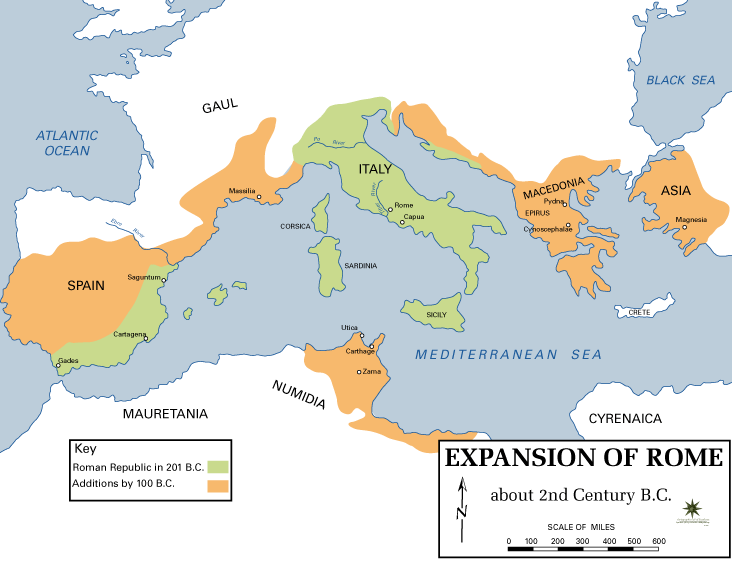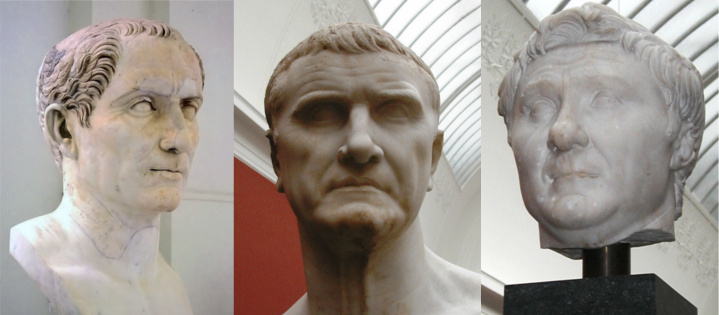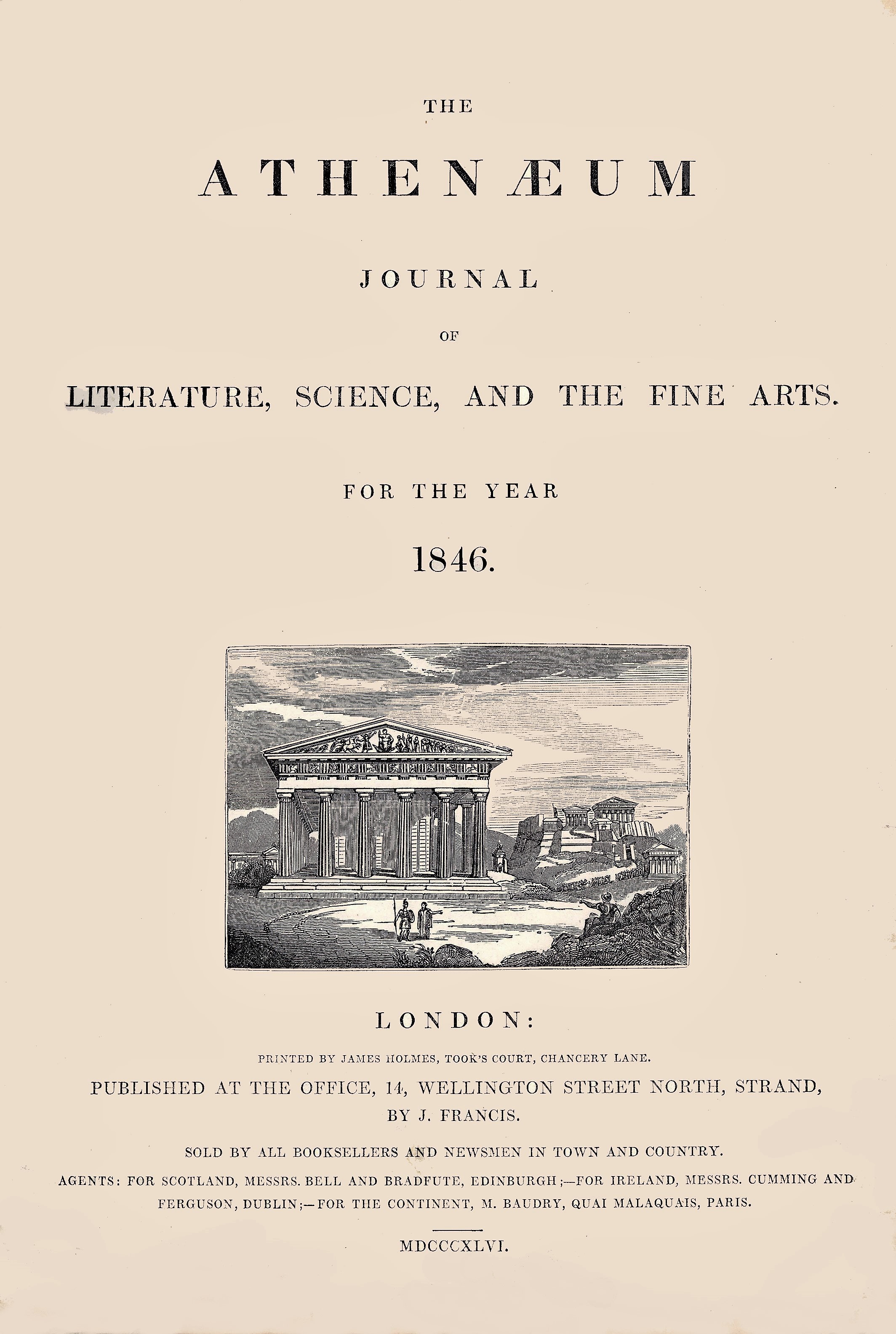|
Second Servile War
The Second Servile War was an unsuccessful slave uprising against the Roman Republic on the island of Sicily. The war lasted from 104 BC until 100 BC. Background The Consul Gaius Marius was recruiting soldiers for the war against the Cimbri and Teutones in the North. He requested support from King Nicomedes III of Bithynia near the Roman province of Asia, and was refused, on the grounds that every able-bodied man in Bithynia had been enslaved by Roman tax-gatherers for being unable to pay their dues. The Senate replied by issuing orders that no slaves were to be taken from among allies of Rome, and that all such slaves should be immediately freed.A. H. Beesely, ''The Gracchi, Marius, and Sulla Epochs of Ancient History'', (Kindle edition), ch. VI., p. 57 The propraetor Publius Licinius Nerva, in obedience to the edict, at once freed around 800 slaves in his province of Sicily; aside from awakening discontent among slaves from other nationalities who were not freed, this had the ... [...More Info...] [...Related Items...] OR: [Wikipedia] [Google] [Baidu] |
Servile Wars
The Servile Wars were a series of three slave revolts ("servile" is derived from "''servus''", Latin for "slave") in the late Roman Republic. Wars * First Servile War (135−132 BC) — in Sicily, led by Eunus, a former slave claiming to be a prophet, and Cleon from Cilicia. * Second Servile War (104−100 BC) — in Sicily, led by Athenion and Tryphon. * Third Servile War (73−71 BC) — on mainland Italy, led by Spartacus. See also * * Slavery in ancient Rome * * Latrocinium ''Latrocinium'' (from Latin ''latro'', "bandit", ultimately from Greek ''latron'', "pay" or "hire") was a war not preceded by a formal declaration of war as understood in Roman law; thus guerrilla warfare conducted against Rome was a form of ''latro ... References 130s BC conflicts 100s BC conflicts 70s BC conflicts 2nd century BC in the Roman Republic 1st century BC in the Roman Republic Roman Republican civil wars Wars involving the Roman Republic pl:Powstanie niewolników na Sycyli ... [...More Info...] [...Related Items...] OR: [Wikipedia] [Google] [Baidu] |
Heraclea Minoa
Heraclea Minoa ( grc-gre, Ἡράκλεια Μινῴα, ''Hērákleia Minṓia''; it, Eraclea Minoa) was an ancient Greek city situated on the southern coast of Sicily near the mouth of the river Halycus (modern Platani), 25 km west of Agrigentum (''Acragas'', modern Agrigento). It is located near the modern town of the same name in the ''comune'' Cattolica Eraclea in Italy. Excavations have revealed several parts of the city which are now open to the public. Archaeology has shown that the city was founded in the middle of the 6th century BC as an outpost of the Greek colony of Selinus (modern Selinunte) and was finally abandoned around the beginning of the 1st century AD. Site The city is situated a few hundred metres southeast of the mouth of the river Platani (the ancient Halycus) in a defendable position atop the conspicuous promontory now called Capo Bianco with gently sloping sides down to the Platani valley to the north and sheer white cliffs to the ocean on t ... [...More Info...] [...Related Items...] OR: [Wikipedia] [Google] [Baidu] |
Spartacus
Spartacus ( el, Σπάρτακος '; la, Spartacus; c. 103–71 BC) was a Thracian gladiator who, along with Crixus, Gannicus, Castus, and Oenomaus, was one of the escaped slave leaders in the Third Servile War, a major slave uprising against the Roman Republic. Little is known about him beyond the events of the war, and surviving historical accounts are sometimes contradictory. All sources agree that he was a former gladiator and an accomplished military leader. This rebellion, interpreted by some as an example of oppressed people fighting for their freedom against a slave-owning oligarchy, has provided inspiration for many political thinkers, and has been featured in literature, television, and film. The philosopher Voltaire described the Third Servile War as "the only just war in history". Although this interpretation is not specifically contradicted by classical historians, no historical account mentions that the goal was to end slavery in the Republic. Early lif ... [...More Info...] [...Related Items...] OR: [Wikipedia] [Google] [Baidu] |
Marcus Licinius Crassus
Marcus Licinius Crassus (; 115 – 53 BC) was a Roman general and statesman who played a key role in the transformation of the Roman Republic into the Roman Empire. He is often called "the richest man in Rome." Wallechinsky, David & Wallace, Irving.Richest People in History Ancient Roman Crassus. Trivia-Library. ''The People's Almanac''. 1975–1981. Web. 23 December 2009."Often named as the richest man ever, a more accurate conversion of sesterce would put his modern figure between $200 million and $20 billion." Peter L. BernsteinThe 20 Richest People Of All Time/ref> Crassus began his public career as a military commander under Lucius Cornelius Sulla during his civil war. Following Sulla's assumption of the dictatorship, Crassus amassed an enormous fortune through real estate speculation. Crassus rose to political prominence following his victory over the slave revolt led by Spartacus, sharing the consulship with his rival Pompey the Great. A political and financi ... [...More Info...] [...Related Items...] OR: [Wikipedia] [Google] [Baidu] |
Roma Sub Rosa
''Roma Sub Rosa'' is a series of historical mystery novels by Steven Saylor set in ancient Rome and therefore populated by famous historic roman citizens. The phrase "Roma Sub Rosa" means, in Latin, "Rome under the rose." If a matter was ''sub rosa'', "under the rose," it meant that such matter was confidential. The detective is known as Gordianus the Finder, and he mixes with non-fictional citizens of the Republic including Sulla, Cicero, Marcus Crassus, Catilina, Catullus , Pompey, Julius Caesar, and Mark Antony. Characters For an ancient Roman, Gordianus has an unconventional family: * Bethesda, his beautiful Egyptian slave purchased from a slave market in Alexandria. Bethesda and Gordianus have a mutually affectionate relationship and are later married after he frees her. * Eco, his oldest adopted son, was a mute boy when he first appeared as a key player in the book Roman Blood. He recovered his speech in Arms of Nemesis. He followed in his father's (meaning Gordianus) f ... [...More Info...] [...Related Items...] OR: [Wikipedia] [Google] [Baidu] |
Arms Of Nemesis
Arms or ARMS may refer to: *Arm or arms, the upper limbs of the body Arm, Arms, or ARMS may also refer to: People * Ida A. T. Arms (1856–1931), American missionary-educator, temperance leader Coat of arms or weapons *Armaments or weapons **Firearm **Small arms *Coat of arms **In this sense, "arms" is a common element in pub names Enterprises *Amherst Regional Middle School *Arms Corporation, originally named Dandelion, a defunct Japanese animation studio who operated from 1996 to 2020 *TRIN (finance) or Arms Index, a short-term stock trading index *Australian Relief & Mercy Services, a part of Youth With A Mission Arts and entertainment *ARMS (band), an American indie rock band formed in 2004 * ''Arms'' (album), a 2016 album by Bell X1 * "Arms" (song), a 2011 song by Christina Perri from the album ''lovestrong'' * ''Arms'' (video game), a 2017 fighting video game for the Nintendo Switch *ARMS Charity Concerts, a series of charitable rock concerts in support of Action into Re ... [...More Info...] [...Related Items...] OR: [Wikipedia] [Google] [Baidu] |
Steven Saylor
Steven Saylor (born March 23, 1956) is an American author of historical novels. He is a graduate of the University of Texas at Austin, where he studied history and classics. Saylor's best-known work is his ''Roma Sub Rosa'' historical mystery series, set in ancient Rome. The novels' hero is a detective named Gordianus the Finder, active during the time of Sulla, Cicero, Julius Caesar, and Cleopatra. Outside this crime novel series, Saylor has also written three epic-length historical novels about the city of Rome, ''Roma'', ''Empire'', and ''Dominus''. His work has been published in 21 languages. Saylor has also written two novels set in Texas. ''A Twist at the End'', featuring O. Henry, is set in Austin in the 1880s and based on real-life serial murders and trials (the case of the so-called Servant Girl Annihilator). ''Have You Seen Dawn?'' is a contemporary thriller set in a fictional Texas town, Amethyst, based on Saylor's hometown, Goldthwaite, Texas. Saylor contributed ... [...More Info...] [...Related Items...] OR: [Wikipedia] [Google] [Baidu] |
Athenaeum (British Magazine)
The ''Athenæum'' was a British literary magazine published in London, England, from 1828 to 1921. Foundation Initiated in 1828 by James Silk Buckingham, it was sold within a few weeks to Frederick Denison Maurice, Frederick Maurice and John Sterling (author), John Sterling, who failed to make it profitable. In 1829, Charles Wentworth Dilke (Dilke the Elder), Charles Wentworth Dilke became part proprietor and editor; he greatly extended the influence of the magazine. In 1846, he resigned the editorship and assumed that of the ''Daily News (London), Daily News'' of London, but contributed a series of notable articles to the ''Athenaeum''. The poet and critic Thomas Kibble Hervey succeeded Dilke as editor and served from 1846 until his resignation due to ill health in 1853. Historian and traveller William Hepworth Dixon succeeded Hervey in 1853, and remained editor until 1869. Contributors George Darley was a staff critic during the early years, and Gerald Massey contributed many l ... [...More Info...] [...Related Items...] OR: [Wikipedia] [Google] [Baidu] |
Roman Servile Wars
The Servile Wars were a series of three slave revolts ("servile" is derived from "''servus''", Latin for "slave") in the late Roman Republic. Wars * First Servile War (135−132 BC) — in Sicily, led by Eunus, a former slave claiming to be a prophet, and Cleon from Cilicia. * Second Servile War (104−100 BC) — in Sicily, led by Athenion and Tryphon. * Third Servile War (73−71 BC) — on mainland Italy, led by Spartacus. See also * * Slavery in ancient Rome * * Latrocinium ''Latrocinium'' (from Latin ''latro'', "bandit", ultimately from Greek ''latron'', "pay" or "hire") was a war not preceded by a formal declaration of war as understood in Roman law; thus guerrilla warfare conducted against Rome was a form of ''latro ... References 130s BC conflicts 100s BC conflicts 70s BC conflicts 2nd century BC in the Roman Republic 1st century BC in the Roman Republic Roman Republican civil wars Wars involving the Roman Republic pl:Powstanie niewolników na Sycyli ... [...More Info...] [...Related Items...] OR: [Wikipedia] [Google] [Baidu] |
Diodorus Siculus
Diodorus Siculus, or Diodorus of Sicily ( grc-gre, Διόδωρος ; 1st century BC), was an ancient Greek historian. He is known for writing the monumental universal history ''Bibliotheca historica'', in forty books, fifteen of which survive intact, between 60 and 30 BC. The history is arranged in three parts. The first covers mythic history up to the destruction of Troy, arranged geographically, describing regions around the world from Egypt, India and Arabia to Europe. The second covers the time from the Trojan War to the death of Alexander the Great. The third covers the period to about 60 BC. ''Bibliotheca'', meaning 'library', acknowledges that he was drawing on the work of many other authors. Life According to his own work, he was born in Agyrium in Sicily (now called Agira). With one exception, antiquity affords no further information about his life and doings beyond his written works. Only Jerome, in his ''Chronicon'' under the "year of Abraham 1968" (49 BC), w ... [...More Info...] [...Related Items...] OR: [Wikipedia] [Google] [Baidu] |
Caltabellotta
Caltabellotta ( Sicilian: ''Cataviḍḍotta'') is a ''comune'' (municipality) in the Province of Agrigento in the Italian region Sicily, located about south of Palermo and about northwest of Agrigento. History Caltabellotta has been identified with the ancient town of the Sicani Triocala, captured by the Romans in 99 BC. After the fall of the Western Roman Empire and several centuries under the Byzantine Empire, it was stormed by the Arabs, who later built here a castle. In 1090 it was conquered by the Normans of Roger of Sicily. The diocese of Triocala, called in Latin Trecalae in the Catholic Church's list of titular sees, is mentioned in the 6th-century Synecdemus as Τρόκαλις (Trocalis). Its reputed first bishop was Saint Pellegrino, a disciple of Saint Peter. Historical documents give the names of four bishops of the see:Giuseppe Cappelletti''Le Chiese d'Italia dalla loro origine sino ai nostri giorni'' Venezia 1870, vol. XXI, pp. 606–607 *Peter, mentione ... [...More Info...] [...Related Items...] OR: [Wikipedia] [Google] [Baidu] |
Morgantia
Morgantina (Μοργάντιον / Μοργαντίνη in ancient greek) is an archaeological site in east central Sicily, southern Italy. It is sixty kilometres from the coast of the Ionian Sea, in the province of Enna. The closest modern town is Aidone, two kilometres southwest of the site. The site consists of a two-kilometre long ridge running southwest-northeast, known as Serra Orlando, and a neighboring hill at the northeast called Cittadella. Morgantina was inhabited in several periods. The earliest major settlement was made at Cittadella and lasted from about 1000/900 to about 450 BCE. The other major settlement was located on Serra Orlando, and existed from about 450 BCE to about 50 CE. Morgantina has been the subject of archaeological investigation since the early 20th century. Serra Orlando was identified as Morgantina by Kenan Erim following the discovery of a number of coins bearing the Latin word ''HISPANORUM''. Erim used these coins and passages fro ... [...More Info...] [...Related Items...] OR: [Wikipedia] [Google] [Baidu] |




